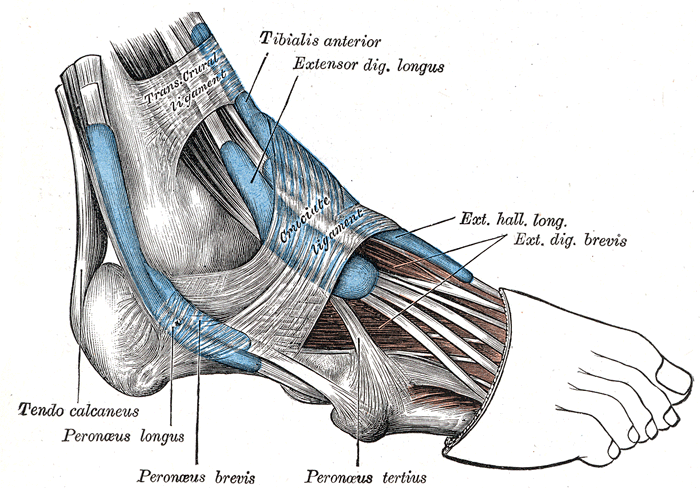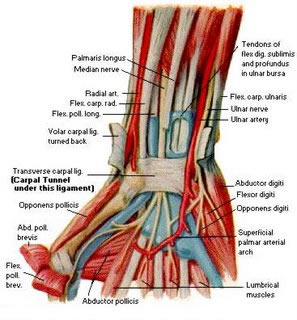Injury update: protection and active recovery (rest)
I was hoping to provide an update on my current injuries when they had healed. Unfortunately I am learning what it is like to not get enough time to let them heal as the experts suggest. I have started to realise that while I am not a professional athlete I am still on tour. I may not be travelling anywhere and getting appearance fees but I am holding down a job, maintaining a house, raising a child and trying to compete at the same time. The result is very little time to rest.
Maintaining a house and raising a toddler demand a lot from my body. If he doesn’t want to be picked up then I am changing his nappy or bathing him or playing. After that there is always something that needs attention in the house or with the car, you name it. You forget how physical these things are. When you are injured you are quickly reminded. Something that used to resolve itself quickly with rest now lasts for ages. As an engineer fascinated in the human body I prefer to investigate why and learn to work with it.
For me that means using the PRICE acronym for injury recovery I am finding the P for protection and R for Rest to be the most useful. Mainly because the Ice, Compression and Elevation elements are mainly meant for the first stages of the injury. Not so much for long term recovery.
The problem is that there is plenty of explanation about why you should protect your injury but little practical help on doing so. At the same time you are warned not to completely stop moving the area. This slows recovery a lot. You have to find the balance but it is left to your own imagination as to what that should be and what you should actually do. None of the advice I could find related to my specific injury and to tennis or being a father.
What protection means to me at the moment is to use the affected joint but limit its range of movement so I don’t push past the point of injury. My current injuries are wrist tendonitis/bursitis and the after effects of a sprained ankle. I injured the wrist back in April this year but the ankle was sprained 3 years ago…. I know, a long time. I suffer from ankle sprains but I have always recovered quickly enough and a physio taught me what to do to prevent them. This had all worked before so I was surprised when it didn’t work this time. Of course it was my fault, and I bet you’ve been there to, I rushed it. I never used to be this active or this busy so that is why I used to heal better.
No one taught me how to heal properly when I have so much to do all the time. That is why I consider myself on tour. I see the professional athletes in a different light now. We don’t know how they feel when they are competing. They learn not to show it just like us in our jobs or looking after little ones. You just find a way don’t you. The thing is that all the advice tells you not to do anything and let your injury rule you. Unfortunately that just isn’t practical much of the time.
So, how do we get round this. That is the challenge my ankle and my wrist gave me. I was not going to stop my activity I was going to find out how to heal while living my life and it was going to teach more more about my body and recovery.
The good answer is that it is going well. The ankle is basically fine I just have the last 5% to recover and there isn’t much advice out there on what to do. My wrist is healing much faster and is teaching me what I need to do for my ankle.
My point is that the two joints are remarkably similar since in effect they are both limbs that were originally all used for walking. They have pretty much the same structure, fingers or toes, phalanges or tarsals, a bunch of bones for the wrist or ankle with two bones attached to each. The tibia and fibula for the ankle and the radius and ulna for the wrist. This also means the muscles, tendons and other infrastructure are quite similar too.
I notice this because what I learn in helping my wrist recover is teaching me what my ankle needs because the injuries are quite similar. Essentially it is protection and rest but it is harder to rest an ankle than a wrist. Because you need both ankles to walk and if you’re an adult like me then there is a fair amount of weight you rankles have to support. Not like when I was much younger, and now I also have the added weight of a child or luggage and anything else an adult father has to carry a lot of the time. That is a lot of pressure on the ankle. The wrist can be much easier to protect from all this.
The extra step I have taken with my wrist is to learn to do many things with my left hand instead of my right. This is something I have been doing for years preparing for this very time. So, since April I have really improved my left hand, often to the point that I don’t notice I am using it. Not many people would do this but I like to learn stuff and this has been fun. What it has meant is that I can properly rest my wrist.
I went through many relapses. Coming back to tennis too soon and re injuring the tendon. I just haven’t had any major injury for so long it seems I was completely out of practice. What has worked is protecting the tendon by changing my technique and approach to my game. The main problem was extending the wrist under pressure. This is worst when serving. The back scratch and jump force major extension when you reach up to the ball. So I started reducing the motion and often just removing the back scratch completely.
At the same time I have been competing and practicing left handed so I can rest the right. Where possible I have been doing all the specific exercises I have explained in the wrist and ankle articles. What I have since learnt is the practical implementation of protection for my wrist. I learnt that tendons, ligaments and bursae are not like muscles. They do not like being stretched much at all. They don’t like being pushed. So it is most important to simply let them heal in their own time using the best range of movement you can get. Don’t push to the point of pain and definitely don’t do this with weight on it.
The reason I still kept active is to feed these structures with nutrients and flush out waste. I have no proof but we do know they don’t get a direct blood supply. Biology teaches you that blood is not the only way cells get fed, normal movement is expected for many cells to get their needs met. This is why I think active recovery is so important. There is a lot of research to back it up. My challenge was understanding the practical implications.
The water bottle I used as a weight while shadowing tennis in a Tai Chi style was excellent. I was able to explore the injury more deeply and found lots of weakness, particularly in one finger that needed addressing. I could do this gently without hurting the tendon itself. I have to say though that it has been a journey of learning when to ignore pain or use it as a guide and when to listen to the pain and not push. Many things have hurt but have helped the healing process. The weight training particularly as well as the movements to regain my lost movement. That is the biggest reason it has been so hard to know when to push and when not to. I just couldn’t find anything practical to guide me through this. I had to learn for myself. I tried different wrist braces but none helped. They aren’t designed for this particular injury. So I was on my own.
The value of recovery has also become extra clear. I understand it for muscle growth but it has now become part of my game. I am starting to focus on using my mind to gain an advantage instead of using more power or at least trying so hard. because I can see that the trying breaks down my body. That is fine but I need to give my body enough time to recover from that trying. Now that I am competing and doing so much more elsewhere I need to find the balance where my body can properly recover.
The nice thing is that this is helping me understand what my ankle needs. I don’t take weeks off to let it recover because it hasn’t helped when I have done that. It seems to be a recovery and protection issue. I am considering an ankle support. I should have got one a long time ago but I was confused because I have heard they can make you dependent on them. Andy Murray atleast never seems to be without both ankles strapped but then I’m starting to wonder if that reflects his tendency to overwork. What I need to find is a way to rest them more. My right ankle is fine with what I do so it isn’t too much I think it is just too much too soon for my left ankle. The problem is that I never know when I might suddenly not play since I have to look after my son when he is ill or the weather might turn bad. That often means I have to build up to playing again. The unpredictability makes it hard to plan so I just prefer to play any chance I get.
Thankfully the ankle is basically healed. I don’t think of it at all when I play anymore and my footwork is really good these days. I just need to learn how to take it that final step to full health.
I didn’t mean for this to be such a long article but it has been along time since I talked about my injuries. I have learnt a lot so I wanted to share. I hope this helps you. I would certainly like to hear from others in the same situation and particularly anyone who can help.





